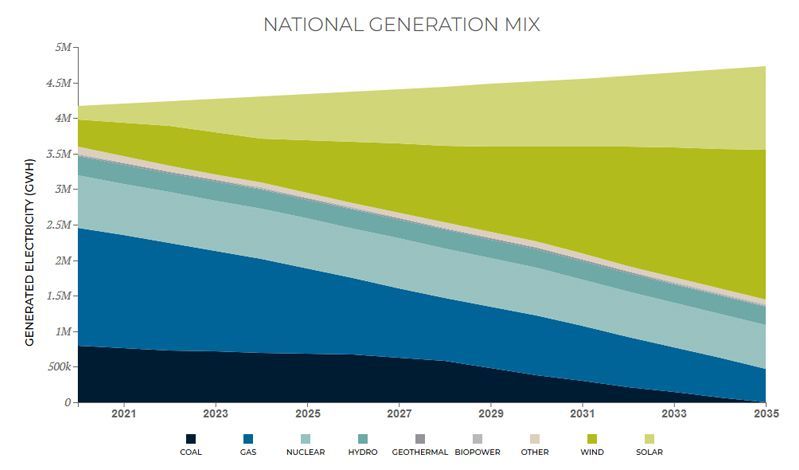Daimler has announced an upcoming new truck called eEconic, a garbage truck based on the all-electric Mercedes-Benz eActros.
The German automotive company announced the vehicle today:
“The eEconic will at first be offered in the configuration 6×2/N NLA and is mainly in demand as a waste-collection vehicle. Battery-electric trucks are very well suited for urban use in waste management due to the comparatively short and plannable daily routes of up to 100 kilometers with a high proportion of stop-and-go in inner-city traffic. With an anticipatory driving style, electrical energy can be recovered during braking to charge the battery, which further improves range and efficiency.”







